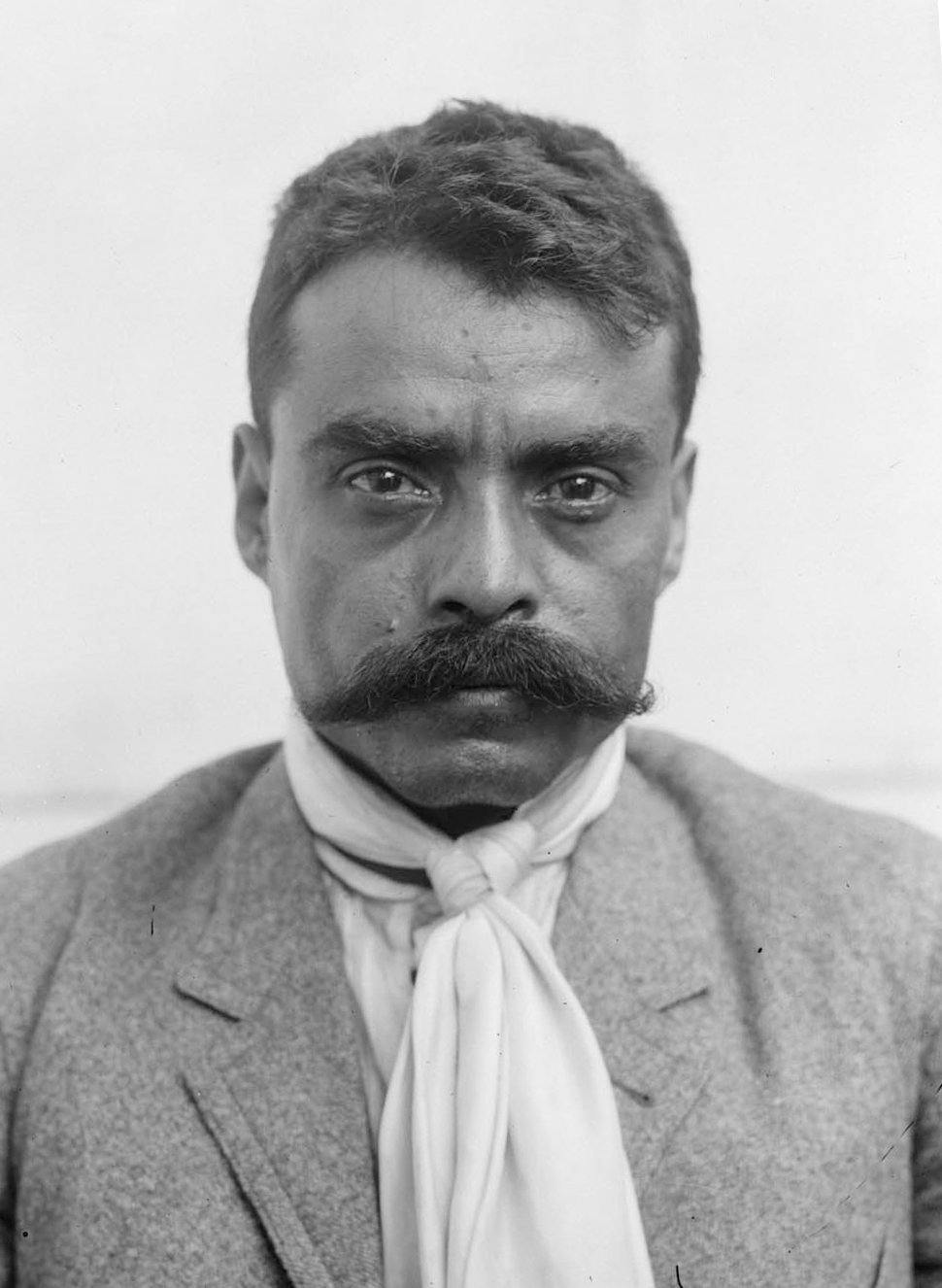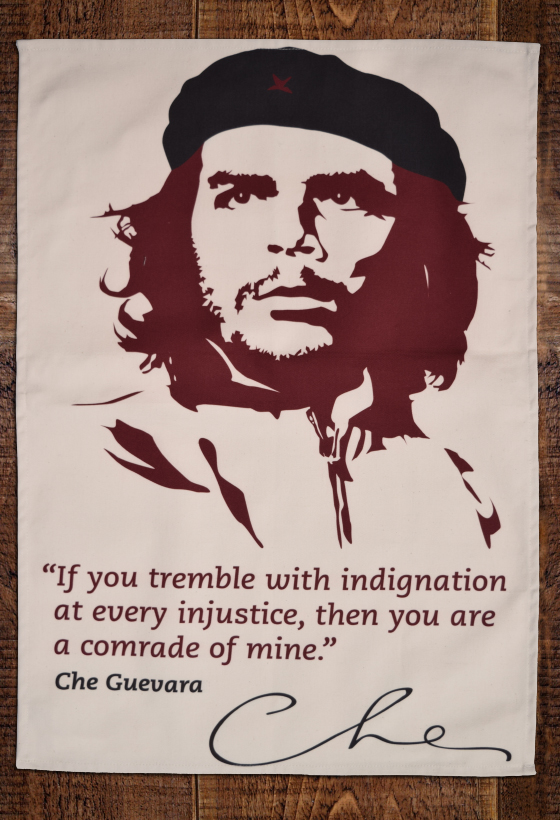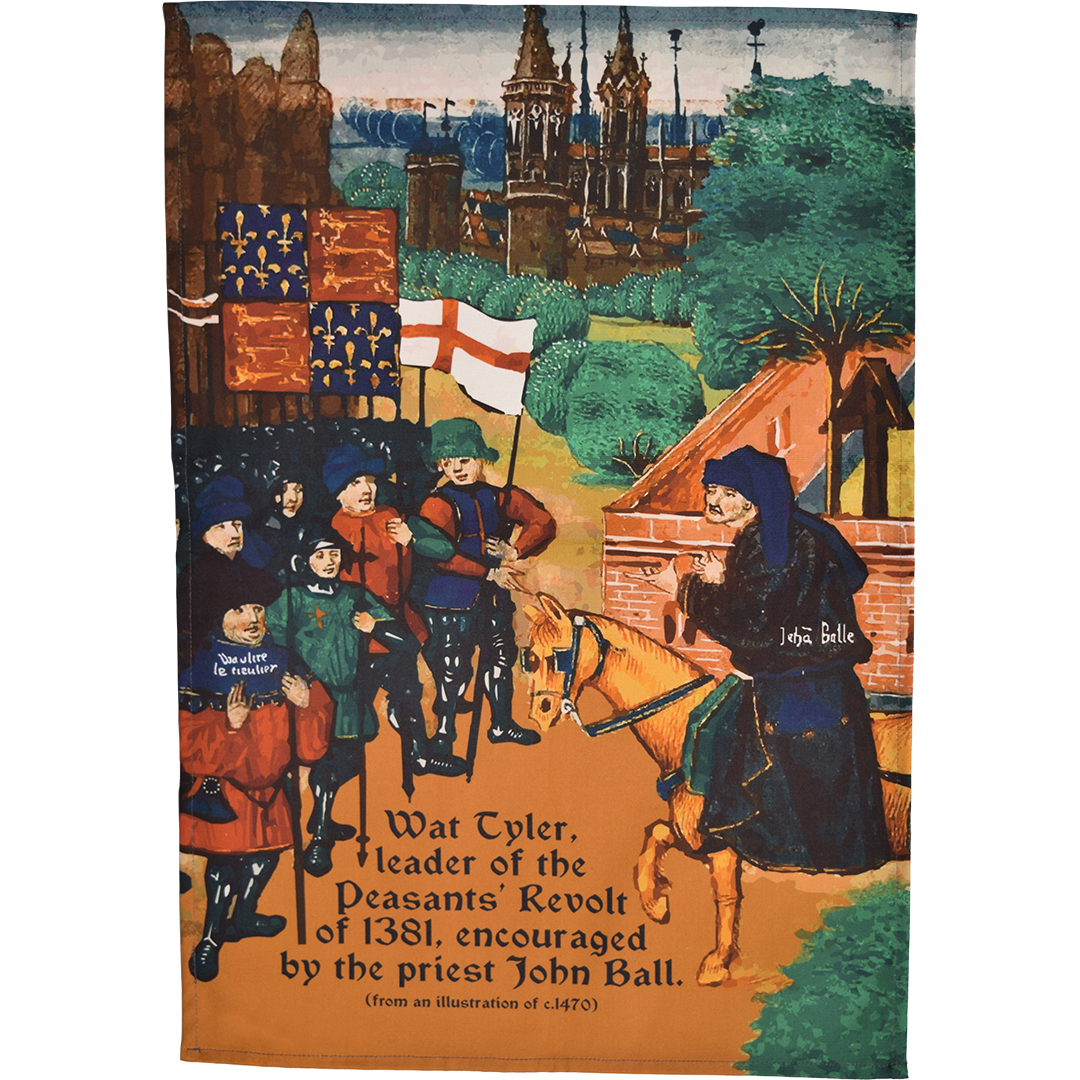The Scourge of the Rich: Emiliano Zapata and the Mexican Revolution
Posted by Pete on 10th Apr 2021
Killed on this day in 1919, Zapata's radical legacy lives on...
“Little star in the night
that rides the sky like a witch,
where is our chief Zapata
who was the scourge of the rich?"
- Mexican Ballad
Emiliano Zapata, the Mexican revolutionary hero, was assassinated today in 1919.
Alongside the likes of Simón Bolívar and Che Guevara, he symbolises the revolutionary tradition in Latin America.
Born into a farming family in the rural state of Morelos, in South Central Mexico, Zapata grew up in the turbulent agrarian politics of the late-19th and early-20th century.
Under the dictatorial Liberal regime of Porfirio Díaz (1876-1911), peasant villages across the country were systematically stripped of their land by the dreaded hacendados (landowners) with government support.
Díaz’s technocratic dictatorship – the so-called ‘Porfiriato’ – seemed endless.
But then, suddenly, things changed.
Che Guevara was an Argentine guerrilla leader and writer who was among the leading figures of the Cuban Revolution.
Click to view our Che Guevara tea towel
In 1910, gathering momentum for democratic reform in Mexico led to the outbreak of the Mexican Revolution.
Since the War of Independence against Spain ended in 1821, Mexicans had become accustomed to so-called ‘revolutions’ amounting to little more than a changing of the guard at the top of society.
But there was something new in the air this time.
There was anger among the peasants at the theft of land. There was an emerging labour movement ready to strike.
The raw materials were there for a social revolution that wouldn’t just install a new president, but would actually improve the lives of ordinary Mexicans.
It began when the liberal leader Francisco Madero instigated an armed challenge to Diaz’s regime. What followed was a decade of complex twists and turns which we now call the Mexican Revolution.

Emiliano Zapata, pictured here in 1914, led the peasant movement for agrarian reform in Morelos during the Mexican revolution. (Image: Wikimedia Commons)
The country went through four different governments, revolution and counter-revolution, and all manner of struggles across the many different regions of Mexico.
But one thing that remained constant throughout this maelstrom of events was Emiliano Zapata, with his lifelong commitment to radical land reform for the Mexican peasantry.
Francisco Madero’s ‘Plan de San Luis Potosí’ was a commitment to land reform, but when he became president in 1911 he reneged on this promise. It was General Zapata who held him to account.
On 28 November 1911, from the town of Ayala in Morelos, Zapata issued the iconic ‘Plan de Ayala’.
Denouncing Madero for betraying the revolution, the Plan called for his overthrow and an actual radical land reform in favour of the Mexican peasantry.
“… to the villages there will be given what in justice they deserve as to lands, timber, and water.”
For the next eight years, Zapata navigated the ups and downs of the Mexican Revolution fighting for this goal.
The Zapatismo movement in Mexico echoed uprisings like the 1381 Peasants' Revolt in England.
Click to view our Peasants' Revolt tea towel
He de facto governed the state of Morelos throughout the 1910s, where he effectively implemented the Plan de Ayala, returning land to the people.
Zapata constantly denounced those like Madero who tried to ignore socio-economic injustice:
“We fight for the land and not for illusions that give us nothing to eat… With or without elections, the people are chewing the cud of bitterness.”
But Emiliano Zapata’s commitment to genuine change for the Mexican people ultimately got him killed.
In April 1919, the new president Venustiano Carranza set out to crush the Zapatistas in Morelos. It was then that Zapata was lured into a trap and murdered.
But the political power of Zapatismo and its vision of social revolution was unbroken. As the popular Mexican protest chant goes:
¡Zapata vive, la lucha sigue!
Zapata lives, the struggle continues!


